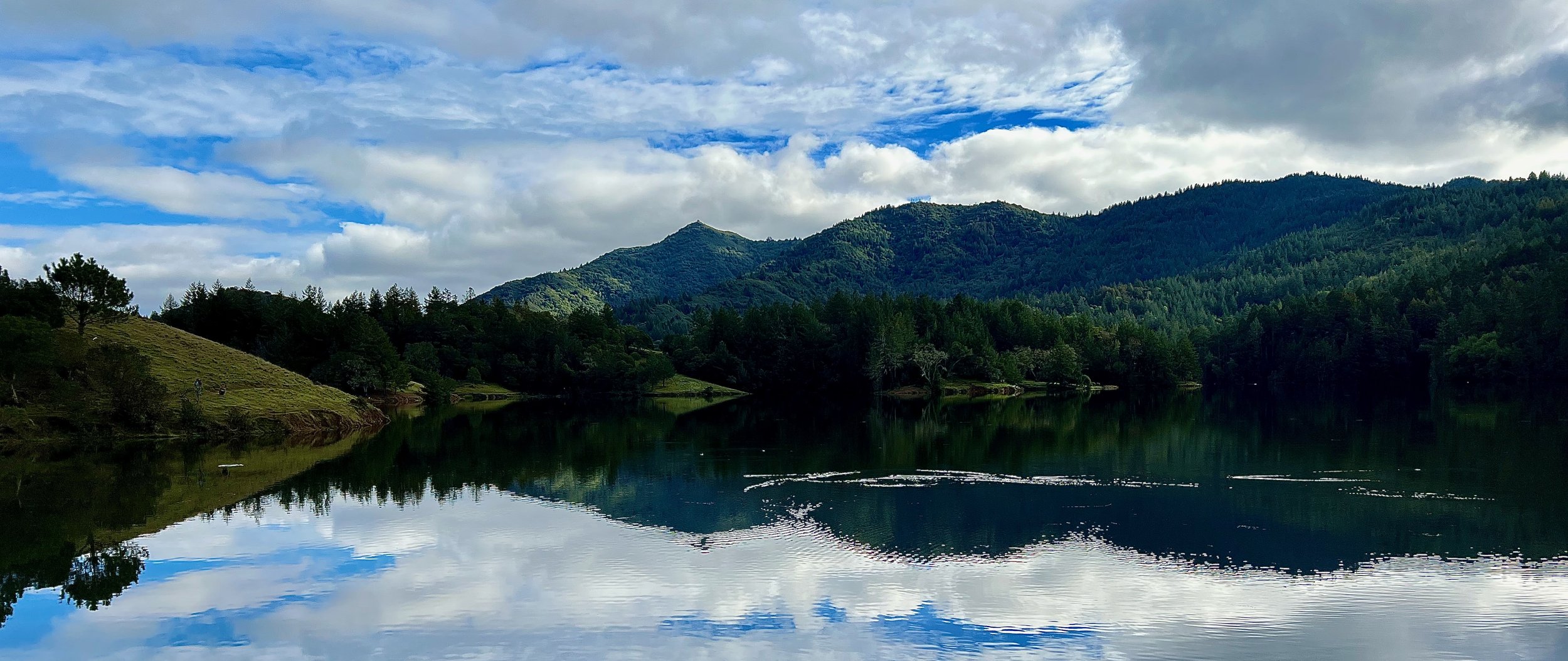
Marin Coalition for Water Solutions
Jan. 5, 2022
County water officials stopped expanding capacity as population grew
It feels ironic, doesn’t it?
Last year, we fretted over the drought and the possibility of running out of water. Now, millions, if not billions of gallons of fresh rainwater cascade down our city streets on the way to the salty Pacific Ocean.
It’s remarkable that we can fly a helicopter on Mars, but we can’t figure out a way to capture storm runoff for future use. During each rain I watch torrents of water racing down my street, lost forever. With 900 miles of existing water pipes under our roads, why can’t we harness more storm water by constructing catch basins and pumping this fresh water back into our reservoirs?
Of course, now that we have plenty of rain, the concern for future droughts is flushed down the proverbial toilet. This wasn’t always the case.
From 1873 to 1982, seven reservoirs were built to accommodate Marin’s growing population. It began with the construction of Lake Lagunitas, followed by Phoenix (1905), Alpine (1919), Bon Tempe (1948), Kent (1954), Nicasio (1960) and Soulajoule (1979). Additionally, Alpine dam was raised in 1919 and 1924. Kent Lake was raised 45 feet in 1982. And then it all stopped.
Since then, no expansion of reservoir capacity has occurred, even though our population has increased by almost 34,000 people. Indeed, the new state housing mandate calls for an additional 14,000 homes to be built in Marin, but our current water board insists new housing will not increase the demand for water.
This disingenuous claim would only be true if these new homes excluded toilets, sinks and showers. The water board calls it “counter-intuitive.” The truth is that current Marin residents must ration more water to compensate for this new housing. The truth is that conservation is finite and can only go so far. Shouldn’t our water board tell it like it is and act accordingly?
Plans exist to raise the Soulajule reservoir, doubling its capacity, but no action has been taken. Plans also exist for dredging Phoenix Lake, but the board apparently does not think 40 years of accumulated silt is a big enough problem. Plans exist to pump Phoenix Lake water directly up to Bon Tempe Lake, but that hasn’t happened yet either.
Phoenix Lake is technically a Ross Valley flood detention basin and its surplus water could fill our primary reservoirs before flowing down its spillway into Ross Valley. The MMWD staff won’t comment about this after numerous requests.
We’re told we can’t excavate the Nicasio reservoir because thousands of truckloads of soil would need to be transported over county roads. The idea of creating a berm around the reservoir, eliminating transport and increasing capacity isn’t discussed. Why not?
The Kastania pump station is finally being upgraded and reactivated. This should increase our ability to get more volume from the Russian River, which has been deficient in the past. A good move, but imported water is subject to purchase negotiations. Why not capture more water from our local runoff?
Catch basins could harness winter water otherwise lost to the sea. This could be pumped up to our reservoirs instead of importing water from unknown sources in the Central Valley.
A “can’t do” attitude prevails all too often. Many look for a reason not to do anything. This is why so little gets done.
As a member of the Marin Coalition for Water Solutions, I seek additional ways to increase our water supply beyond conservation. Solutions include water recycling and reuse, desalination, watershed management, groundwater banking, improved pipeline infrastructure and water storage. The coalition feels the current directors provide only conservation as the answer. That’s not enough.